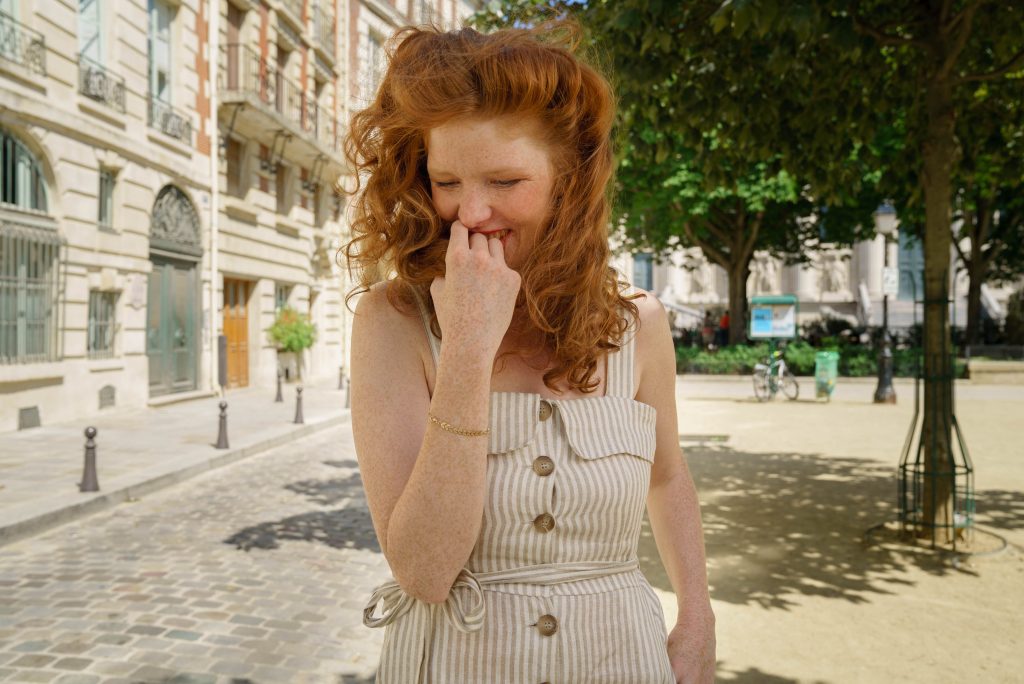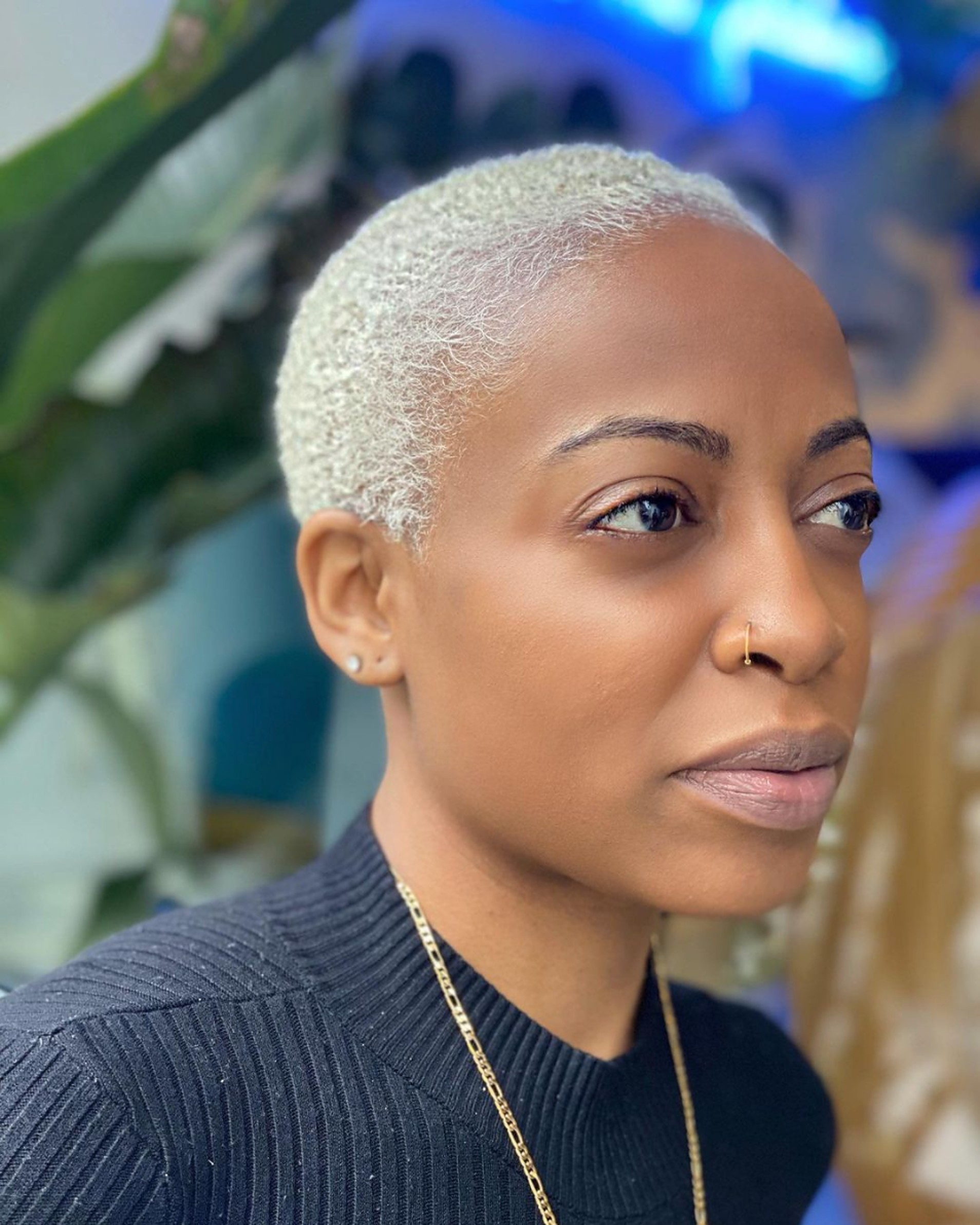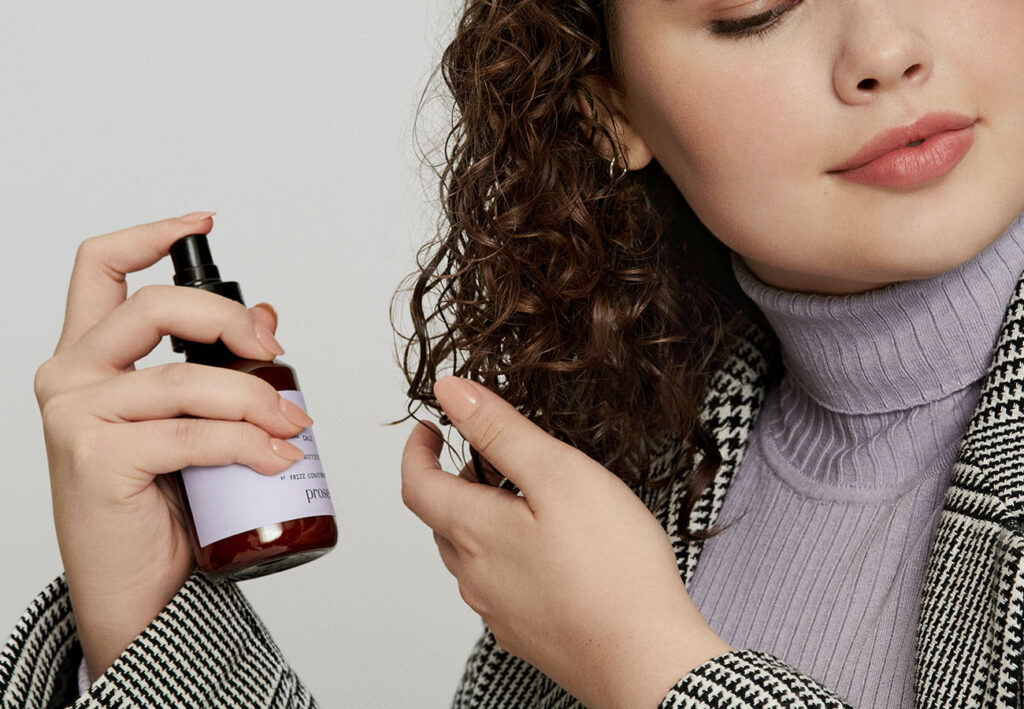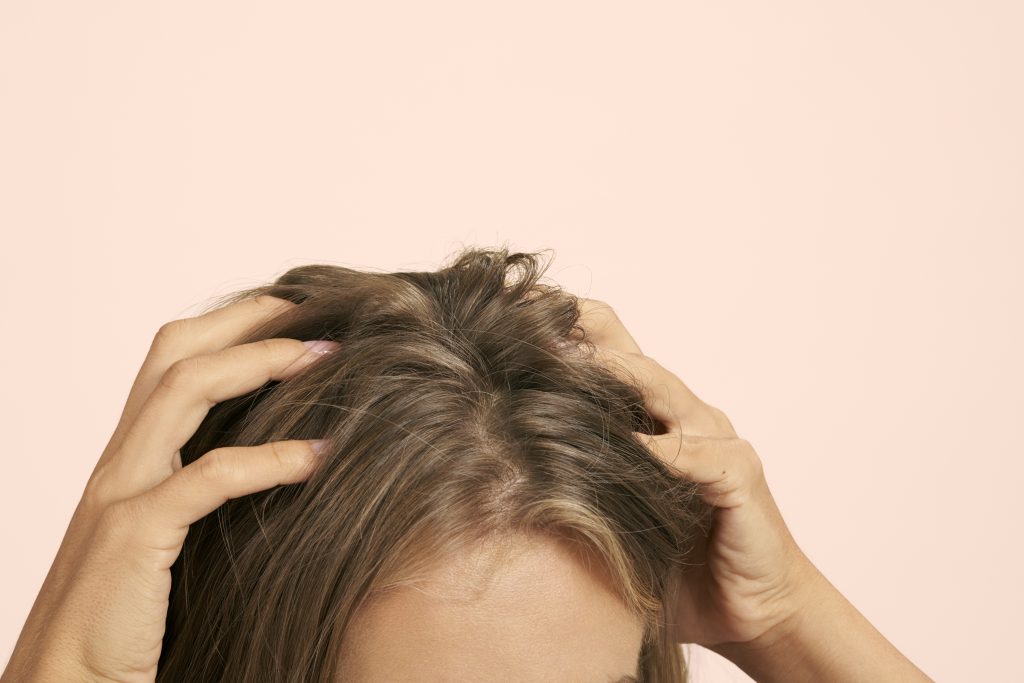Understanding Hair Texture
Hair texture refers to the individual strands of hair, also known as the ‘shaft’. Different types of hair texture have different hair shaft structures, which is why not all hair responds to products and styling in the same way.
The three main types of hair texture are:
- Fine: Fine hair is the softest and most delicate hair texture. It consists of just two hair layers, the cortex and the cuticle, meaning it can break easily. If products weigh down your hair and it gets oily quickly, you most likely have fine hair. You can use hair products that add volume, but avoid heavy creams and gels.
- Medium: The most common texture, medium hair has a thicker hair shaft with three layers: the cortex, the cuticle, and the medulla. The additional layer means that this hair is less prone to breakage and can tolerate more styling. However, it can dry out if not properly looked after.
- Coarse: Coarse hair is the thickest hair texture and also has three layers. People with thick hair can style it without as much breakage, but may experience frizz. Thick, coarse hair also tends to be the driest of all three textures, so hair masks and deep conditioning treatments will help.
The porosity of your hair (how easily it absorbs moisture) and its density (the concentration of hair on your head) will also affect how it reacts to products and styling.
Exploring Hair Types
Your hair type refers to your overall head of hair, rather than what the individual strands look like. Hair type ranges from completely straight to tight curls and coils. Your hair type determines your hair’s overall appearance and how it responds to water, weather, and haircare products.
There are four main hair types and three texture categories per type.
- Type 1: Straight: Straight hair has no waves or curls and dries straight after washing it. Depending on which texture you have, straight hair might be trickier to curl. Type 1 hair can be divided into Type 1A, 1B, and 1C.
- Type 2: Wavy: There are a range of wavy hair types, from very slight waves to S-shaped beachy waves. The roots are straight and the wave starts further down the hair shaft. Wavy hair can be separated into Type 2A, 2B, and 2C based on the wave pattern.
- Type 3: Curly: Curly hair starts at the root, but curl patterns can vary. Type 3A hair has looser curls, while 3B and 3C have tighter curls. You may notice that you need to use a wide-toothed comb rather than a hairbrush to stop your hair from frizzing or losing its curl.
- Type 4: Coily: Coily hair features tight curls or coils that can be various shapes, from looser S-shaped curl patterns to Z-shaped zigzag curls. Type 4A hair is tightly curled with soft coils, while Types 4A and 4B have more defined coils. People with Type 4 hair should keep their hair hydrated to prevent shrinkage, dryness, and frizz.
How Hair Type and Texture Affect Haircare
We all want an effective haircare routine. But with so many products on the market, how do we know which ones to choose?
Knowing the type of textured hair you have is key. All hair is unique and it may take some trial and error to find the products that work for you.
To get you started, here are some tips on selecting products for different hair types.
- Straight hair: Oil travels faster down a straight hair shaft, which makes straight hair look greasy more quickly. You may have to wash your hair more often, or use a dry shampoo. A gentle shampoo and conditioner will help keep your hair shiny and clean without weighing it down, and when styling, avoid oil-based products.
- Wavy hair: Those with wavy hair should avoid heavy oils and creams. Instead, opt for water-based hair products to style your hair after washing it. If you have thicker hair, a texturizing salt spray adds volume and creates beachy waves. Using a diffuser to dry your hair separates the waves and minimizes frizz.
- Curly and coily hair: Curly and coily hair has more volume and usually needs a bit more love. To prevent frizz, gently dry your hair with a cotton T-shirt or microfiber towel and consider using a silk pillowcase or bonnet at night. A leave-in curl cream or mousse will further define your curls.
Avoiding Common Mistakes
One of the biggest mistakes people make when styling their hair is only using products for their hair type, not texture, or vice versa. Some other common pitfalls to avoid are:
- Washing your hair too often, or not often enough
- Washing your hair in hot water, which can damage it
- Forgetting to look after your scalp
- Using heat styling tools without heat protection
- Wearing tight, pulled-back hairstyles too often, which leads to breakage
- Excessive coloring and styling
Balance the products you use with the right styling techniques to bring out your healthiest hair.
What is Your Hair Texture and Hair Type?
Although there is no one size fits all for hair types vs hair texture, a holistic approach that addresses both type and texture will help you have a good hair day every day. If you are interested in learning more about hair types and textures, take a look at our collection of hair resources. Or, take our quiz to find the right products for your hair.





